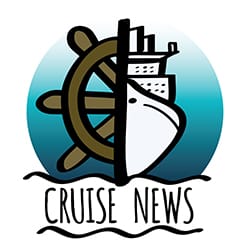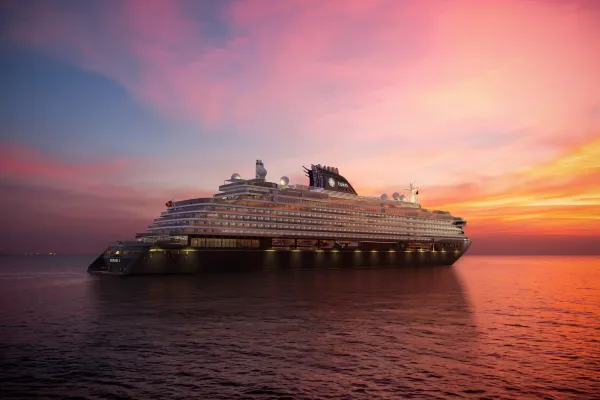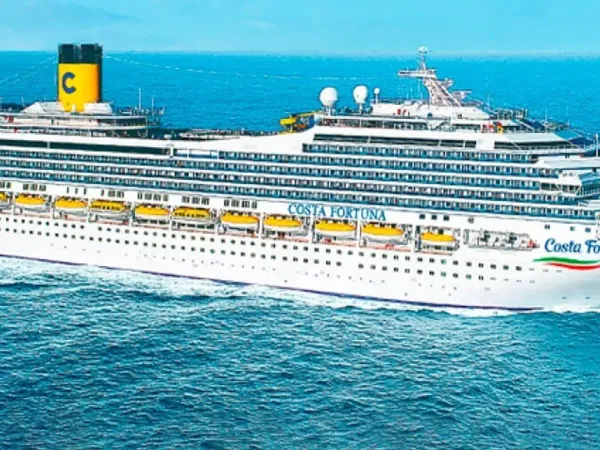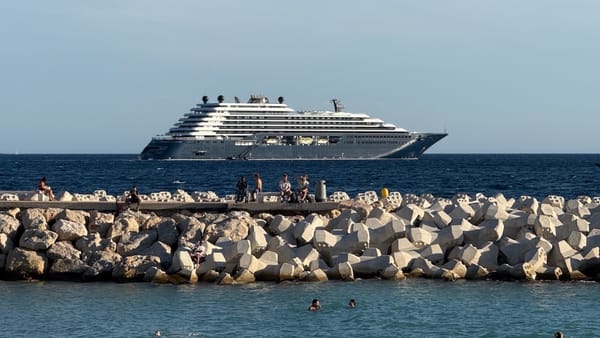Cruise Industry Balances New Fuels and Digital Upgrades for Net-Zero Goals
As cruise operators transition to sustainable fuels and digital technologies, the industry faces supply, infrastructure, and regulatory hurdles on the path to decarbonization.
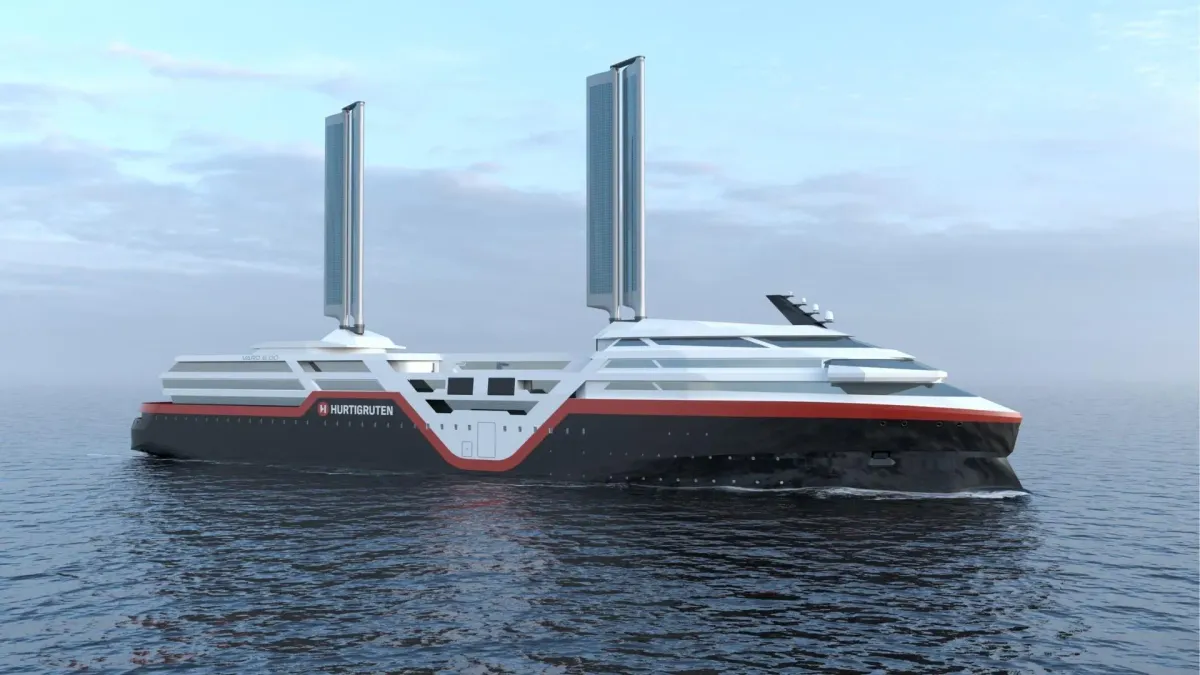
As the cruise industry accelerates efforts toward achieving net-zero carbon emissions, industry leaders and stakeholders are converging on a multi-fuel strategy that balances near-term solutions with longer-term innovations. Liquefied natural gas (LNG), bio-LNG, methanol, biofuels, and hydrogen are emerging as key elements in this journey, alongside energy efficiency measures and digitalization. Insights from the Global Centre for Maritime Decarbonization (GCMD), classification society RINA, and other experts highlight the urgent need to address fuel availability, sustainability, infrastructure, and economic hurdles.
Alternative Fuels: LNG, Bio-LNG, Methanol, and Hydrogen
Liquefied natural gas (LNG) remains the most practical choice for newbuild ships, according to Andreas Ullrich, Global Commercial Director for Passenger Ships and Ferries at RINA, with a majority of new cruise ships currently being designed to run on this fuel. LNG, supplemented by drop-in fuels, is capable of meeting the International Maritime Organization’s (IMO) 2030 and 2040 carbon reduction goals. Fossil LNG offers interim compliance relief under the IMO framework, but bio-LNG may prove essential in reducing lifecycle emissions further.
However, bio-LNG faces supply constraints due to its reliance on feedstocks also needed by power plants for green electricity production. A potential solution lies in the book-and-claim model, which injects bio-LNG into the broader gas grid, allowing shipowners to purchase certificates verifying its green attributes. These certificates can bridge adoption gaps while supporting traceable emissions reductions without requiring physical delivery.
Methanol is also gaining traction as a viable option, highlighted by the forthcoming debut of methanol-ready cruise ship Disney Adventure. Methanol adoption requires specialized tank construction, compatible coatings, and a pilot fuel for stabilization, features that make its adoption complex. Despite these challenges, RINA believes methanol-ready designs signal growing interest and adaptability within the sector.
Hydrogen, while seen as a promising long-term option, faces significant hurdles, including its low energy density and complex storage requirements onboard ships. Ullrich noted the extensive infrastructure investments required, as well as the vast quantities of renewable electricity necessary for producing green hydrogen. The complexity of hydrogen logistics highlights the widespread challenges in scaling up its use for large passenger ships in the near term.
Biofuels and Industry Innovation
Biofuels, offering compatibility with existing fleets, remain a near-term solution, requiring minimal modification for retrofits. However, Maria Garbarini, Head of Passenger Ship Excellence at RINA, pointed out obstacles such as feedstock competition, varying specifications, and unclear sustainability documentation standards. These considerations limit the scalability and reliability of biofuels as a single solution for decarbonization.
Innovative feedstocks under exploration include crude algae oil, animal tallow-derived biodiesel, and cashew nutshell liquid, identified by the GCMD as potential third-generation biofuels. These alternatives aim to reduce dependency on conventional feedstocks while addressing sustainability concerns.
Digitization and Energy Efficiency
Beyond fuel options, digitization is increasingly critical for optimizing energy use and achieving emissions reductions. Garbarini stressed the role of onboard data analytics in improving operational efficiency by managing thousands of electric systems simultaneously. These measures can immediately cut emissions, even as fuel innovations and infrastructure catch up.
Long-term strategies, such as integrating combined gas turbine electric and steam (COGES) plants, are being explored to enhance energy management. While COGES points to possible grid-level cogeneration parallels, its efficiency declines at lower loads, raising concerns for its broader adoption aboard cruise ships.
Industry Outlook and Economic Trade-Offs
The economic landscape poses significant challenges for cruise operators. The upfront costs of engine retrofits, fuel-specific adaptations, and the risk of technology obsolescence weigh heavily against investments in unproven systems. Ullrich cautioned that shipowners are hesitant to adopt new technologies without established supply networks and cost-effective options.
Stakeholders also face regulatory complexities in documentation for sustainability claims, compliance mechanisms, and lifecycle accounting. As supply chains scale for bio-LNG and other sustainable alternatives, robust systems to track, verify, and certify emissions will be essential. Garbarini underscored the importance of collaboration among cruise lines, governments, and fuel suppliers for overcoming logistical bottlenecks and infrastructure gaps.
Frequently Asked Questions (FAQs)
Which fuels are most viable for cruise ships today?
LNG is considered the most practical fuel in the near term, supplemented by drop-in biofuels and synthetic blends. Infrastructure availability and lower costs make LNG the preferred choice for new passenger ships.
What is the book-and-claim model for bio-LNG?
Under this model, bio-LNG is integrated into the gas grid upstream, allowing shipowners to purchase certificates that verify its emissions reductions. These certificates ensure compliance even if bio-LNG is not physically delivered to the ship.
Why is hydrogen not widely used in cruise ships yet?
Hydrogen’s low energy density, high storage complexity, and logistics hurdles have limited its application for full propulsion. Significant investments in production infrastructure and supply chain maturation are needed to scale its usage.
Can existing cruise ships switch to biofuels easily?
Drop-in biofuels can be retrofitted for use with minimal modifications, making them an appealing option for current fleets. However, operators must address issues like feedstock constraints and evolving sustainability standards.
How does digitalization support energy efficiency aboard ships?
Digital systems optimize onboard equipment and operations, leveraging real-time data analytics to improve efficiency and reduce emissions. These measures complement fuel transition strategies by delivering immediate impacts on energy use.
